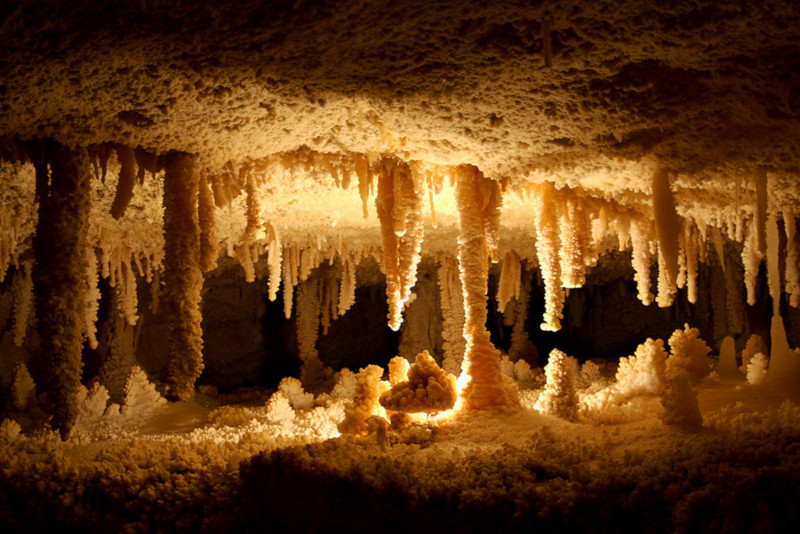
Caverns of Sonora Facts
- The term of the Caverns of Sonora remains a somewhat misleading name for this feature, though that in no way diminishes its awesome nature. In point of fact, the breathtaking site actually constitutes an individual, though in many ways highly impressive, cave.
- In modern times, the magnificent feature first came to the attention of man in the early 1900’s, following its discovery by some local ranch workers. It currently remains unknown if local Native American tribes ever knew of its existence, though this seems quite unlikely.
- The mesmerizing location understandably lists as a world-class cave, due to the abundance and splendor of its many features. As a result, it now holds the status of a National Natural Landmark. With this in mind, the Federal and local governments encourage preservation.
- The mind-boggling Caverns of Sonora nevertheless now constitute a major tourist attraction in its immediate region. As such, it first opened for public tours in 1960. The presence of tour guides and the installation of walkways and railing strives to maintain its condition.
- Sadly, however, prior to these actions, the natural wonder suffered substantial damages from the actions of either inattentive or uncaring explorers. The most tragic such loss was the destruction of part of an ancient natural mineral formation that strongly resembled a butterfly.
Related Articles

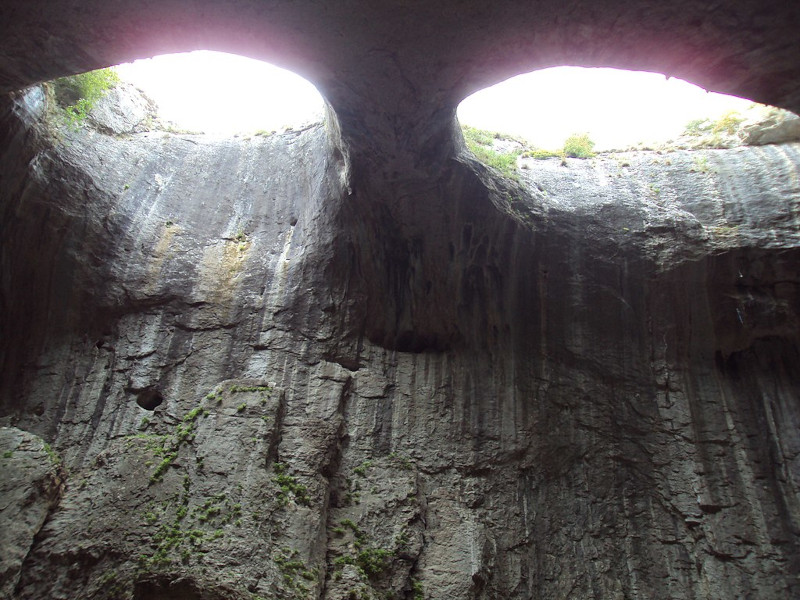
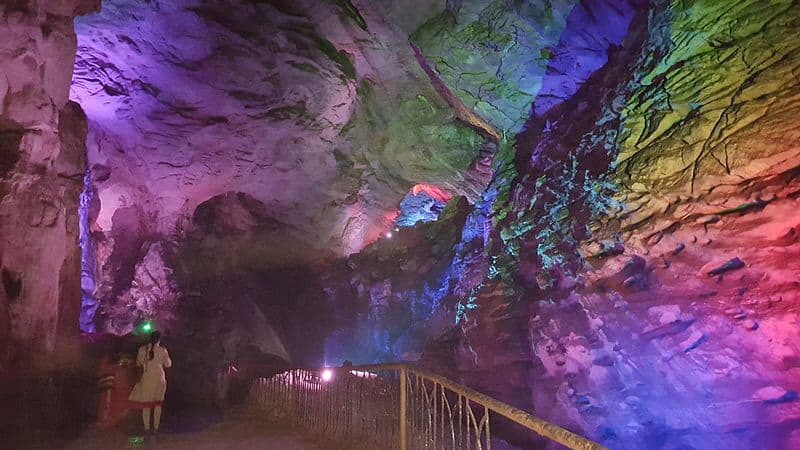
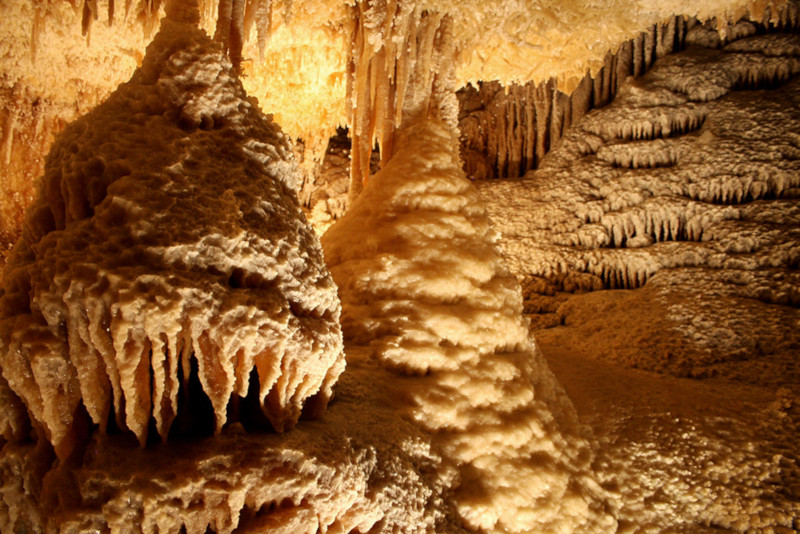
Caverns of Sonora Physical Description
To date, the full dimensions of the fantastic Caverns of Sonora still remain unknown to science, since it’s still being explored. When first discovered, only 2 mi (3.2 km) of the outer portions were known to man. Currently, a total of 7 mi (11.2 km) has been explored and documented.
Scientists eventually expanded the original entrance to the caves, though. That’s because it only represented a tiny opening measuring about 20 in (51 cm). Once inside, however, a marvel of Nature awaits. It’s filled with many narrow passages lined with countless natural features to amaze one.
The hauntingly lovely caverns intriguingly boast an astoundiing abundance of formations, known as stalagmites and stalactites. Both of these structures form from long-term calcium carbonate deposits. Stalactites hang from the ceiling, while the many stalagmites there rise from the ground.
In fact, one particular section of this mind-numbing fairyland remains filled with so many of these, it makes human passage nearly impossible. Locals long ago named this fabulous section of the show cave the snake pit. Most of these also still remain quite actively forming and expanding.
Even more incredible marvels await the intrepid explorer, though. These include amazing features known to experts as helictites. A distinctive feature of this remarkable spot beneath the earth’s surface, these comprise twisted, highly irregularly shaped speleothems that seem to defy gravity.
In other regions, objects called soda straws also appear. These delicate, hollow tubes hang from the ceiling and can grow several feet long. Flowstones, created by flowing water that leaves behind many layers of minerals, also appear as smooth, rippling sheets along the walls and floors.
In yet another part of this wonder of Nature that man continues to explore and discover, still a further amazing feature lies in wait to be seen. Here, comparatively thin, wavy sheets of calcite that supposedly resemble drapes or bacon strips, formed where water trickles down sloped surfaces.
One of the most famous sections of the Caverns of Sonora is named Crystal Palace. It’s with an array of crystal formations that glisten under the lights. A unique feature found in some areas is called moon milk. It’s a white, creamy deposit of calcite possessing a soft, pasty texture.
Still one more miracle of geological forces remains to impress the fortunate visitor, however. That’s the truly massive stalagmites that dominate certain chambers, showcasing the utterly impressive scale of the formations. These many objects collectively bear the name of the White Giants.
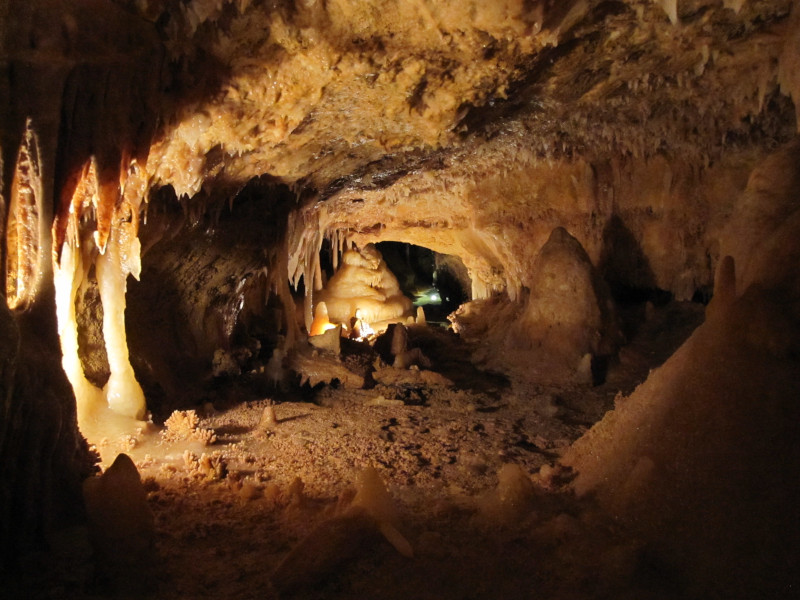
Caverns of Sonora Location and Formation
The magnificent Caverns of Sonora formed in a general region of the globe already well known for its extraordinary abundance of natural wonders. That area thus won’t surprise many people. That’s because Nature created this marvel as part of what’s now the continent of North America.
There, its precisegeographical location places it within the national borders of the United States. Within that country, it resides inside the state of Texas, which also borders the country of Mexico. Its placement also puts the caverns in the approximate southwestern section of the state.
The overall geological structure within which the incomprehensibly beautiful site resides formed around 100 million years ago. The cave itself, though, actually formed much later. More precisely, scientific evidence indicates that it formed somewhere between 1.5 and 5 million years ago.
Over millions of years, copious amount of rainwater, which absorbs carbon dioxide from the atmosphere and soil to form a weak carbonic acid, infiltrated the ground. This then seeped through cracks and fissures in the limestone. This began weakening it, setting the stage for more actions.
The slightly acidic water slowly dissolved the calcium carbonate in the limestone. This also had the natural effect of slowly enlarging the cracks and fissures to form underground voids and passages. That inexorable action ocurred via a process called chemical weathering or solutional erosion.
These numerous voids and passages gradually expanded over time into ever larger chambers and tunnels, creating the basic structure of the caverns. At this point, though, the gorgeous Caverns of Sonora still did not yet hold the appearance they do today, but it was nonetheless in process.
As the aforementioned acidic water continued to percolate through the limestone and into the caverns, it also carried with it prodigious quantities of dissolved calcium carbonate. When this mineral-rich water reached air-filled voids within the cave, it began to deposit that specific mineral.
The stalactites also formed as water minutely dripped from the ceiling, leaving behind trace amounts of calcite that accumulated over time. Stalagmites, however, conversely formed on the ground below from the dripping water that fell from the stalactites situated above their position.
The helictites themselves originated in an intriguing manner, too. Several natural processes created these irregular, highly twisted formations when water became pushed through tiny capillary tubes located in the rock. That action steadily deposited calcite in seemingly gravity-defying shapes.
The captivating flowstones also formed from sheets of water flowing over walls or floors, leaving behind smooth layers of calcite. Draperies and soda straws developed from water seeping through sloped surfaces or dripping slowly, creating thin, wavy sheets or hollow tubes of calcite.
Features Sharing Its Region
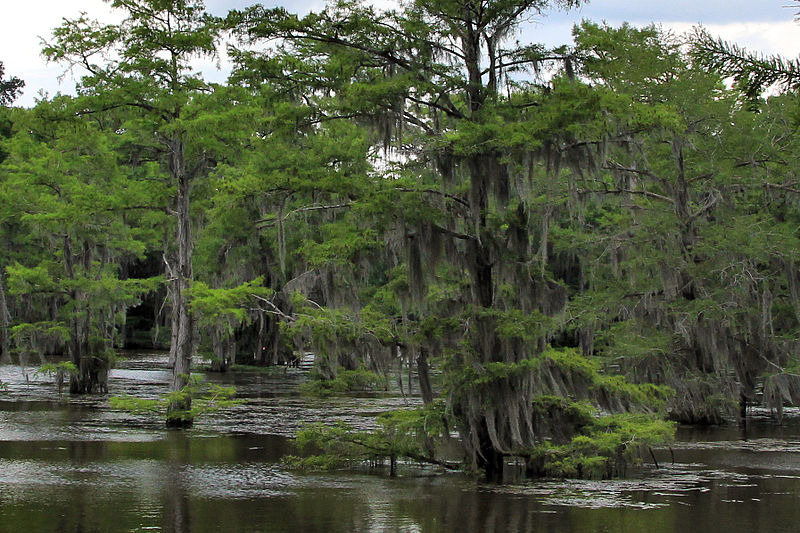
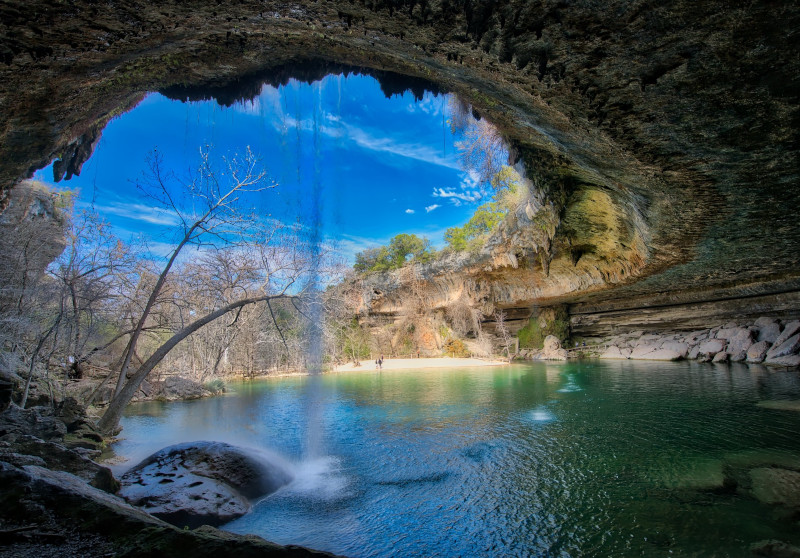
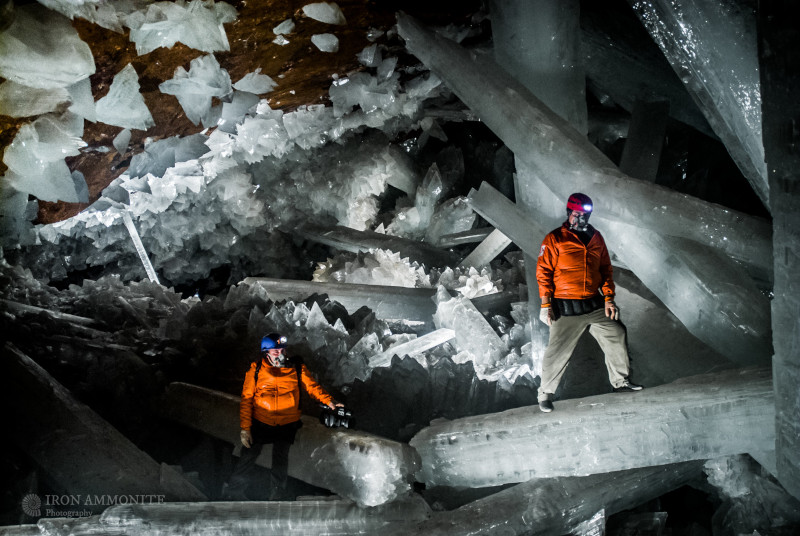
Check out our other articles on 4 Bulgarian Geological Marvels, Black-and-white hawk-eagle, Rio Negro River, Quiver Tree, Mata mata, Velvet Belly lanternshark, Mandrinette, Evening Cicada









Leave a Reply